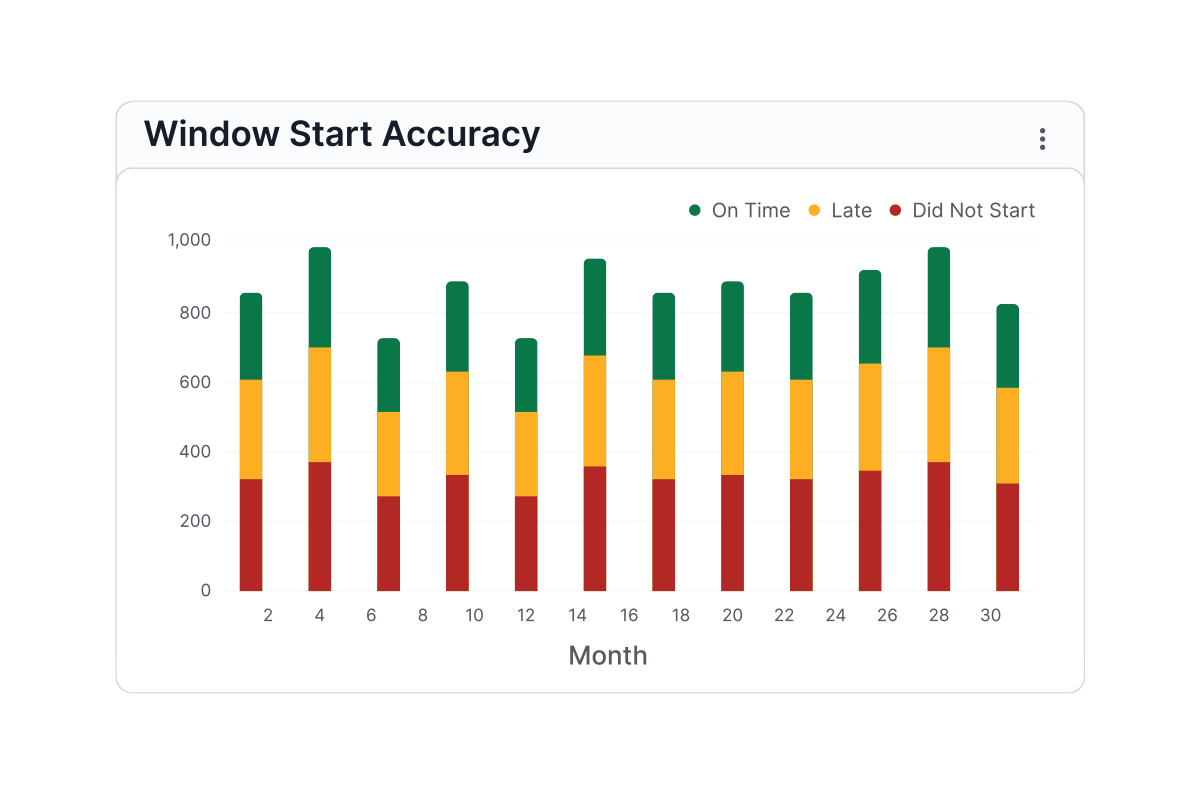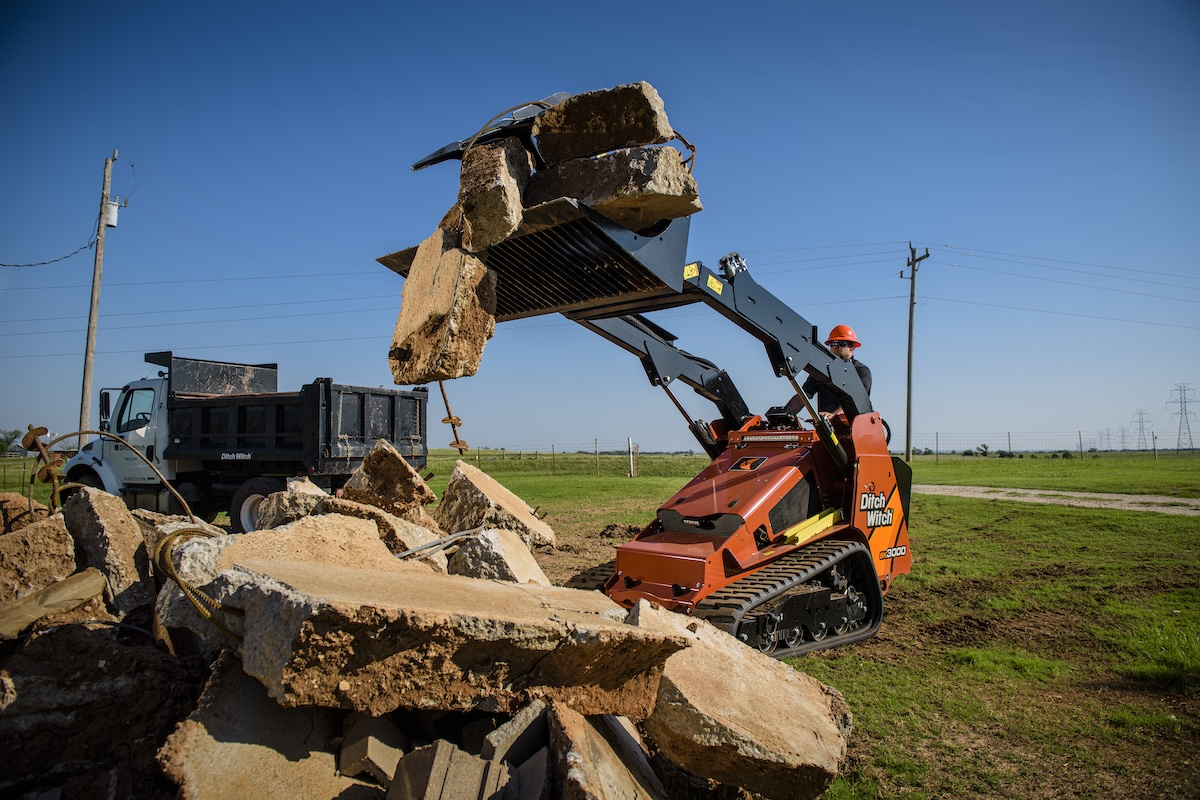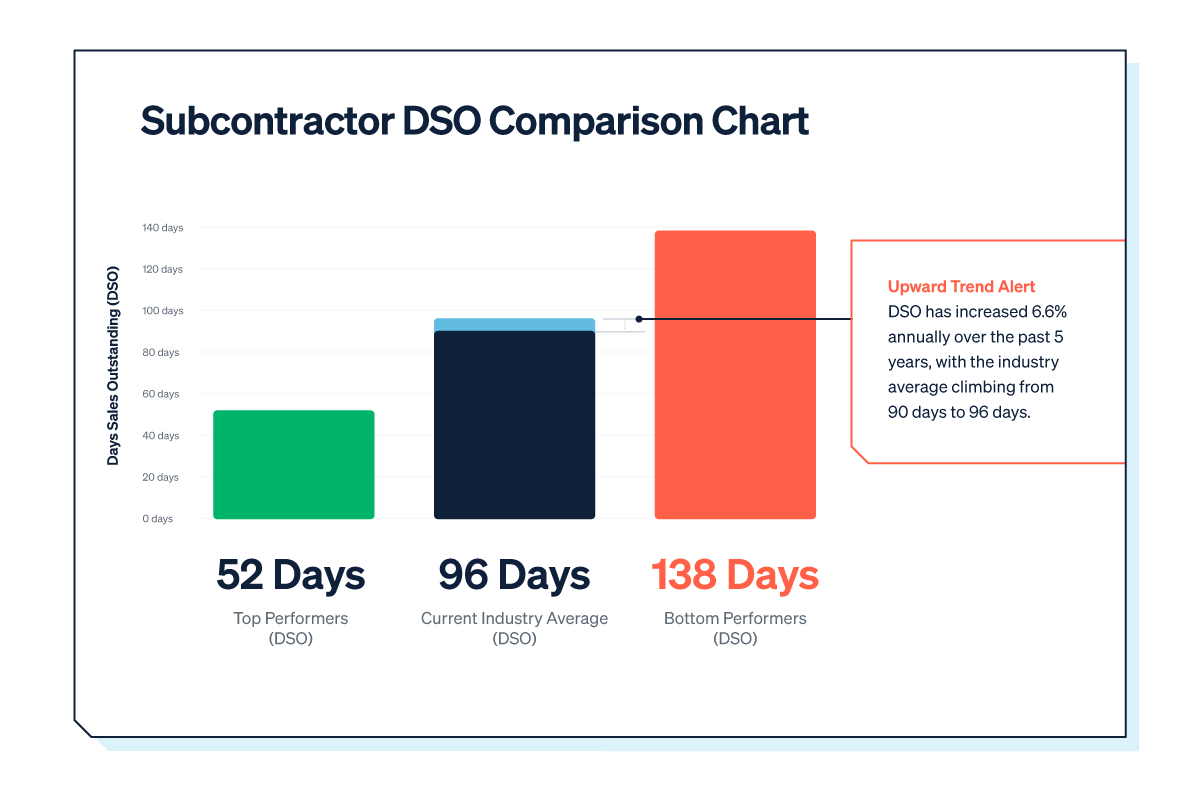This column will introduce the various forms of dispute resolution you may see in a contract. I will also provide examples of common dispute resolution contract provisions and discuss specifics to look for next time you review a contract.
Contracts often describe mediation as a ‘condition precedent’ to litigation or arbitration. The AIA A201 includes the following mediation provision:
“Claims, disputes, or other matters in controversy arising out of or related to the Contract, except those waived as provided for in Sections 9.10.4, 9.10.5, and 15.1.7, shall be subject to mediation as a condition precedent to binding dispute resolution.”
This language does not change the non-binding nature of the mediation itself, instead it means the parties are required to participate in the mediation process before they are entitled to move onto litigation or arbitration.

| Your local Sennebogen LLC dealer |
|---|
| WPI |
| ASCO Equipment |
When reviewing a mediation provision, contractors should consider where the mediation is to be held (project site, owner main office, virtually, etc.), how the parties select a mediator (mutually decided between the parties, the American Arbitration Association provides a list of potential mediators, etc.) and how the mediator’s fee is split amongst the parties.
The relaxed nature of arbitration also enables the parties to outline by contract what rules and processes govern the arbitration, and to affirmatively disclaim the application of other rules, such as the Texas Rules of Evidence. The EJCDC C-800 includes the following language regarding arbitration:
“All matters subject to final resolution under this Article will be decided by arbitration in accordance with the rules of the American Arbitration Association, subject to the conditions and limitations of this paragraph. This agreement to arbitrate and any other agreement or consent to arbitrate entered into will be specifically enforceable under the prevailing law of any court having jurisdiction.”
The AIA A201 includes the following language:
“If the parties have selected arbitration as the method for binding dispute resolution in the Agreement, any Claim subject to, but not resolved by, mediation shall be subject to arbitration which, unless the parties mutually agree otherwise, shall be administered by the American Arbitration Association in accordance with its Construction Industry Arbitration Rules in effect on the date of the Agreement. The Arbitration shall be conducted in the place where the Project is located, unless another location is mutually agreed upon. A demand for arbitration shall be made in writing, delivered to the other party to the Contract, and filed with the person or entity administering the arbitration. The party filing a notice of demand for arbitration must assert in the demand all Claims then known to that party on which arbitration is permitted to be demanded.”

| Your local Stewart-Amos dealer |
|---|
| Closner Equipment Co Inc |
As you can see, arbitration provisions vary considerably. It is important to understand what requirements are included, and to note what is not specified. When reviewing an arbitration provision, contractors should note whether the arbitration is privately administered or administered through a governing body such as the American Arbitration Association, whether the arbitration is decided by one arbitrator or a panel of three arbitrators, where the arbitration is held, and whether the contractor is contractually bound to join in an ongoing arbitration regarding the same project.
Because litigation is governed by strict rules, contractual provisions are generally short. The EJCDC C-700 simply states a party must “give written notice to the other party of the intent to submit the dispute to a court of competent jurisdiction.” The AIA A-Series documents include a checklist where a party can indicate the “method of binding dispute resolution shall be…Litigation in a court of competent jurisdiction.”
If a contract is governed by litigation, contractors should know if the contract requires suits to be filed in a specific county. Contractors should also understand if there is a waiver of trial by jury, which means a judge will reach the final decision instead of a jury.
Dispute resolution provisions may be full of ‘legalese’ contractors would prefer to ignore. However, these provisions contain critical information governing the path a contractor must follow to resolve a dispute. With this primer, contractors should be better able to discern binding and non-binding dispute resolution and suggest any changes in the dispute resolution process to better fit the company’s processes and preferences.




































































